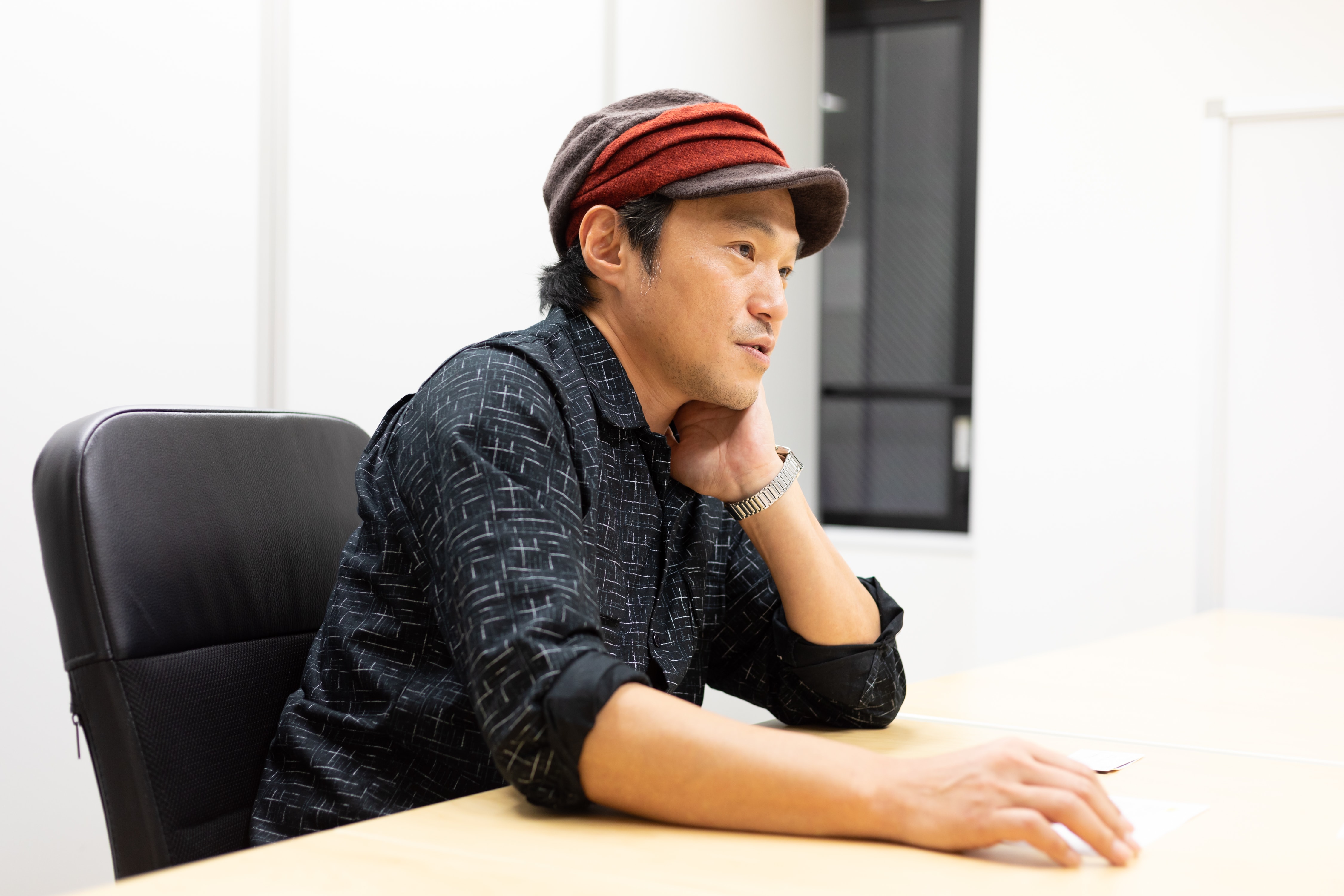![An exceptional masterpiece of a "chronicle" film, which is rare in Japan. Director Masayuki Tominaga "Dynamite Graffiti" [Director's Interview Vol.13]](https://cinemore.jp/images/45313a0868ddef970860414cc12e16a6d15abc05a9a938f5687cb39364156870.png)
An exceptional masterpiece of a "chronicle" film, which is rare in Japan. Director Masayuki Tominaga "Dynamite Graffiti" [Director's Interview Vol.13]
Martin Scorsese movies and impermanence
Q: I think that the sense of ``impermanence'' that is unique to Chronicle movies was brought out very well in ``Dynamite Graffiti''. The colors of the times seem to change mercilessly, from the raunchy and anarchic 70s to the neat 80s.
Tominaga: That's certainly true. People who fogged up their glasses in the 70's began to disappear out of the frame in the 80's. The only characters who appear across eras to some extent are Young Suei, his wife Makiko, and a man named Nakazaki (Ayumu Nakajima), who bridges the protagonist's life from a colleague from his cabaret days to the world of erotic magazines. The ``many others'' pass by as a once-in-a-lifetime scene of that era.
Regarding Atsuko Maeda, who plays Makiko, I was imagining Lorraine Bracco from my favorite movie, Goodfellas (1990, directed by Martin Scorsese). I play Karen Hill, the wife of a mafia man, and at first she's a pretty maiden, but she gradually turns into a rough old lady (lol). It would be great if you could become immersed in the world of Jack Reacher on a daily basis and become complete.

Q: I understand very well (lol). Scorsese has presented the golden form of chronicle films in his various films. It has a sense of absurdity similar to ` `The Wolf of Wall Street '' (2013), a scene where the FBI gets involved in a company that is making a lot of money by doing something dangerous, and it has a feel similar to ``The Dynamite Graffiti.''
Tominaga: Yes, I was conscious of it after all. What I think is amazing about Scorsese is that he gets even stupider as he gets older (lol). In the early days, I was revolving around my self-consciousness as an Italian/Sicilian immigrant, but gradually I started to let go.
I always wanted to push my film to be that stupid, but it inevitably didn't turn out that way. Because the main character is becoming a downer.
Q: As the festival ends, the second half begins to fade into twilight. The way time passes and the density of our experiences also change. In that sense, many compared it to the coming-of-age film ` `Boogie Nights '' (1997, directed by Paul Thomas Anderson), which depicts the light and shadow of the American porn industry from the late 1970s to the 1980s.
Tominaga: Yes. Of course, both in terms of subject matter and era, ``Boogie Nights'' and `` Larry Flynt '' (1996/Director: Milos Forman), which depicts the founder of the pornographic magazine ``The Hustler'', crossed my mind from an early stage. Yes, I was there. However, the more I thought about it, the more I could only remember the difference between him and Mr. Suei (lol).
Larry Flynt in particular was a man who fought head-on against authority. In Suei's case, the question is ``How can we get through this without fighting?'' What they have in common is that they confronted state power through pornography. However, it is funny that power is trivialized through Mr. Suei.

Speaking of the difference in touch between the first half and the second half, technically there are two original works for ``Dynamite Graffiti''. One is an essay of the same name written by Suei when he was young, and the other is his recent book `` Suicide .'' I was strongly influenced by this difference in writing style when I made the film. The book written by Mr. Suei, who is in the midst of the festival, about what is going on in the present, and the book written by Mr. Suei, who is older, looking back on the past, naturally convey the sense of time and how it passes through the ``writing style.'' It's going to change. I wanted to capture that in the movie as faithfully as possible, or rather, through my own conversion process.
Introducing an axis of historicity to minimalist everyday films

